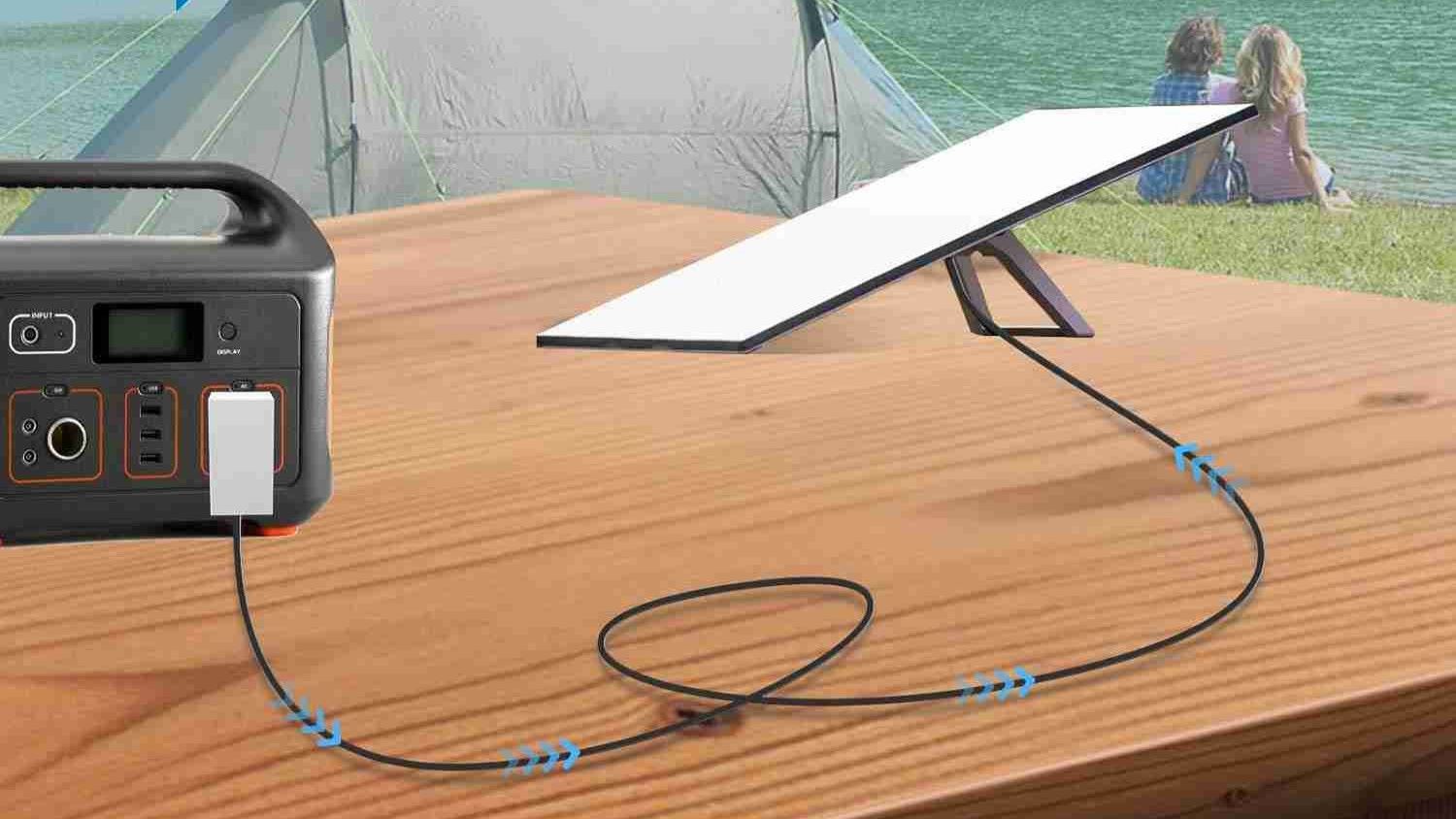Understanding Starlink’s Evolving Ethernet Needs
Starlink is transforming global internet access. However, each Starlink generation has different Ethernet needs. To ensure stable connectivity, your Starlink Ethernet adapter compatible choice must match the system version. Without compatibility, you may experience network instability or no connection at all. Therefore, understanding each generation’s requirements is key.
Gen 1 Starlink: Direct Ethernet Simplicity
Starlink’s first-generation dish (Rectangular Dishy) includes a router with a built-in Ethernet port. In this version, most standard adapters work. However, users must ensure that voltage and data rates match. When choosing the best adapter for Starlink Gen 1, low-latency performance and sturdy connectors matter. Moreover, cable length and shielding impact signal quality.
Gen 2 Starlink: External Ethernet Adapter Required
Starlink Gen 2 changed the design. The Ethernet port is no longer built-in. Instead, users need a Starlink Ethernet adapter compatible with the proprietary auxiliary port on the router. This makes third-party compatibility tricky. Only specific adapters, including official or certified options, can bridge the port to a standard RJ45 Ethernet. For this reason, blindly using generic adapters is not recommended.
Gen 3 Starlink: Updated Hardware and Tighter Requirements
Starlink Gen 3 introduces a new high-speed router and dish. This version requires even stricter hardware compatibility. Therefore, the best adapter for Starlink Gen 3 must support higher throughput and follow Starlink’s revised port protocols. Most adapters made for Gen 2 will not work unless updated firmware or connectors are provided. Always confirm the adapter’s support list before purchasing.
Key Features to Look For in a Compatible Adapter
Beyond generation compatibility, you should also check build quality, shielding, and heat resistance. A true Starlink Ethernet adapter compatible with your system should provide stable throughput under varying temperatures. Furthermore, choose an adapter with surge protection and minimal packet loss. For outdoor use, weather-sealed options are essential.
Avoiding Common Compatibility Pitfalls
Some users try to use USB-to-Ethernet adapters. However, unless specified by Starlink, these often fail. Moreover, misidentifying your Starlink version can lead to mismatched gear. Therefore, always check your hardware generation first. Next, review whether your Starlink Ethernet adapter-compatible option has been tested by reputable sources or the official support list.
Conclusion: Choose Smart, Stay Connected
Whether you use Gen 1, Gen 2, or Gen 3 Starlink, choosing the best adapter for Starlink is essential. Matching hardware prevents signal drops and ensures smooth performance. Therefore, verify your Starlink version, check adapter specs, and prioritize tested compatibility. In smart setups, a stable wired connection starts with the right adapter.


